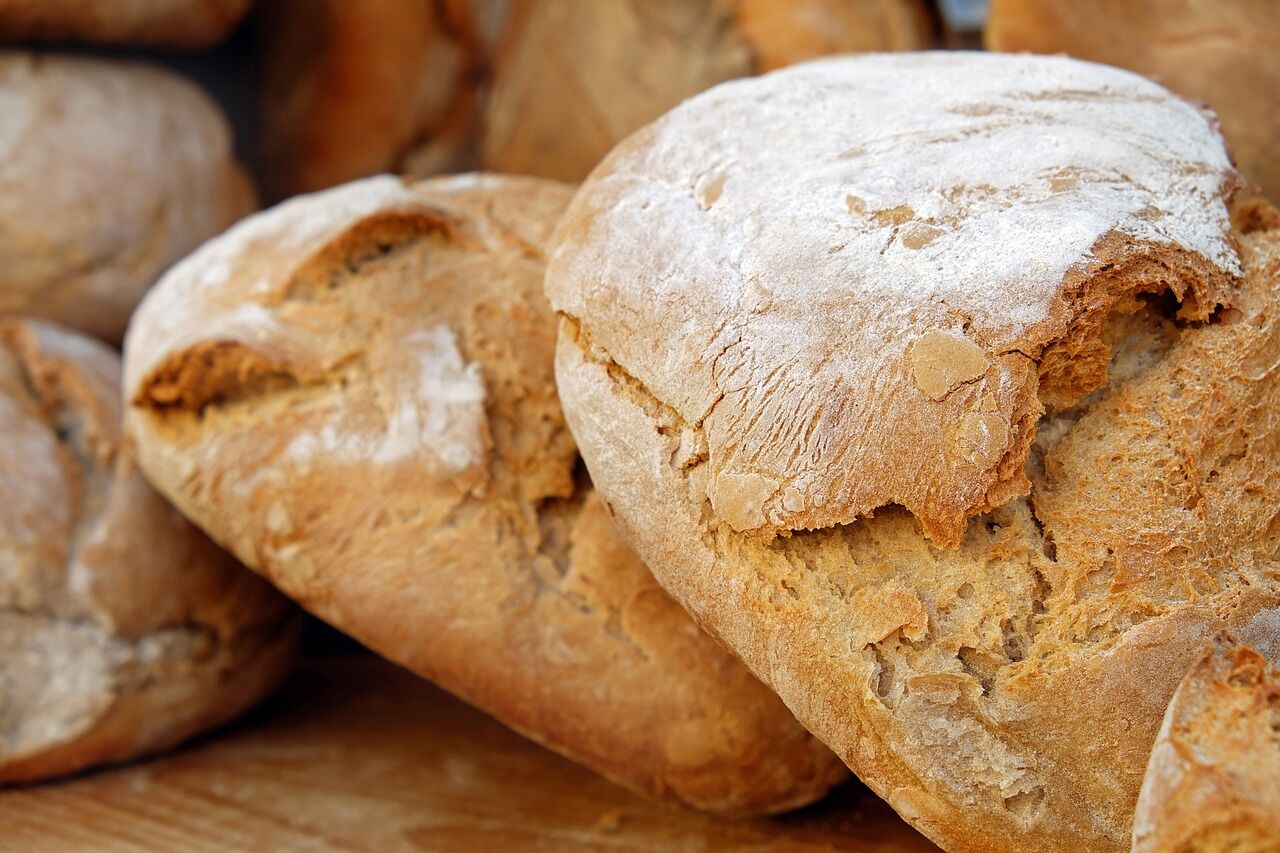So, you want to learn how to fish with a crossbow? Maybe you want to impress your hunting buddies with an innovative technique while catching a bunch of fish? Well, it’s either that or you want to show off with your skills and new cool gadgets, right? All in all, you are reading this article […]
Year: 2018
Artisan Bread in Five Minutes a Day
Artisan Bread in Five Minutes a Day is one of the few “mainstream” books in my library. I heard about Artisan Bread in Five Minutes a Day on some cooking show, and figured it was just some “arty” book, but I leafed through it at a bookstore, and found a lot in this book that […]
The New Complete Joy of Homebrewing
I discovered The New Complete Joy of Homebrewing at a local discount book store, and now that I own it, I would happily pay full price for a new copy if I should ever lose or destroy this copy. This is not a recipe book, although it does contain some recipes. This is a troubleshooting guide, as […]
Five Acres and Independence
Five Acres and Independence is a classic, no small homestead is complete without this handbook. However, it can be a challenge to read, as it was written back in the 40’s and republished several times. The small amount of mental work adjusting to the wording saves an untold amount of physical labor as well […]
4 Prepping Skills You Master after Years of Camping
Enjoying the great outdoors by yourself or together with your friends and family is an amazing experience. There is something immensely freeing about sleeping under the open skies and waking up with the smell of fresh, untamed morning air filling your nostrils. However, this experience isn’t one without its challenges. What You Need to Know […]





